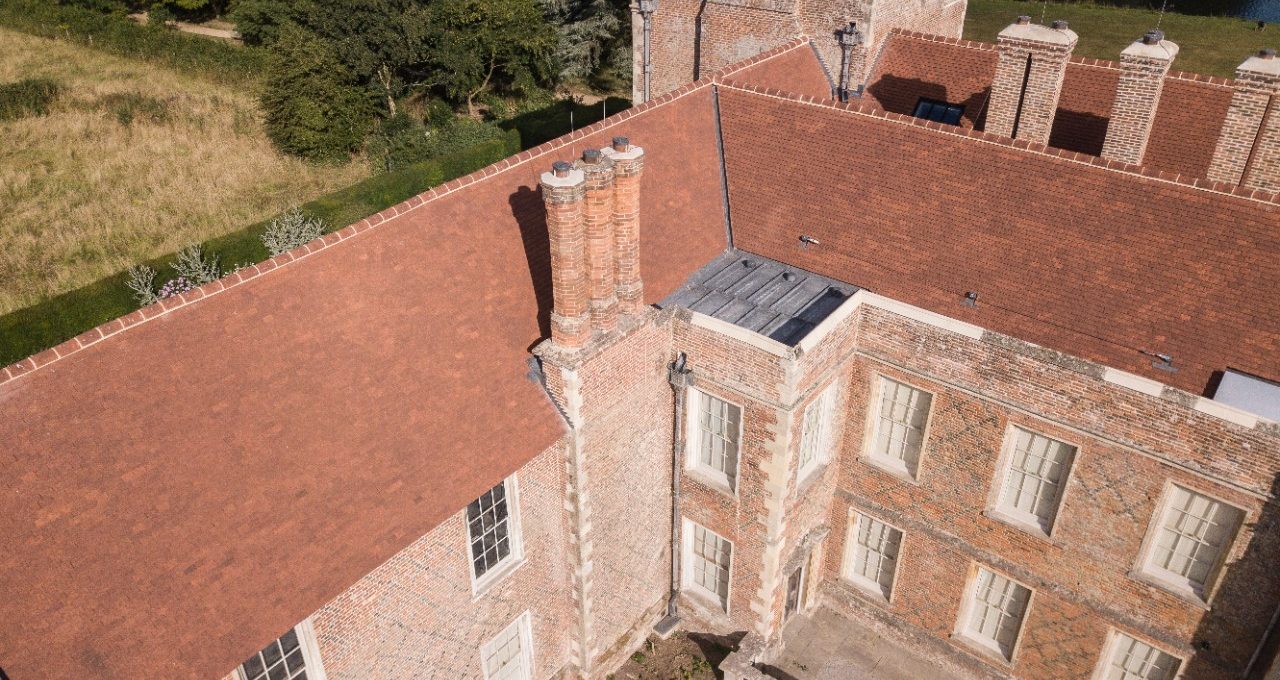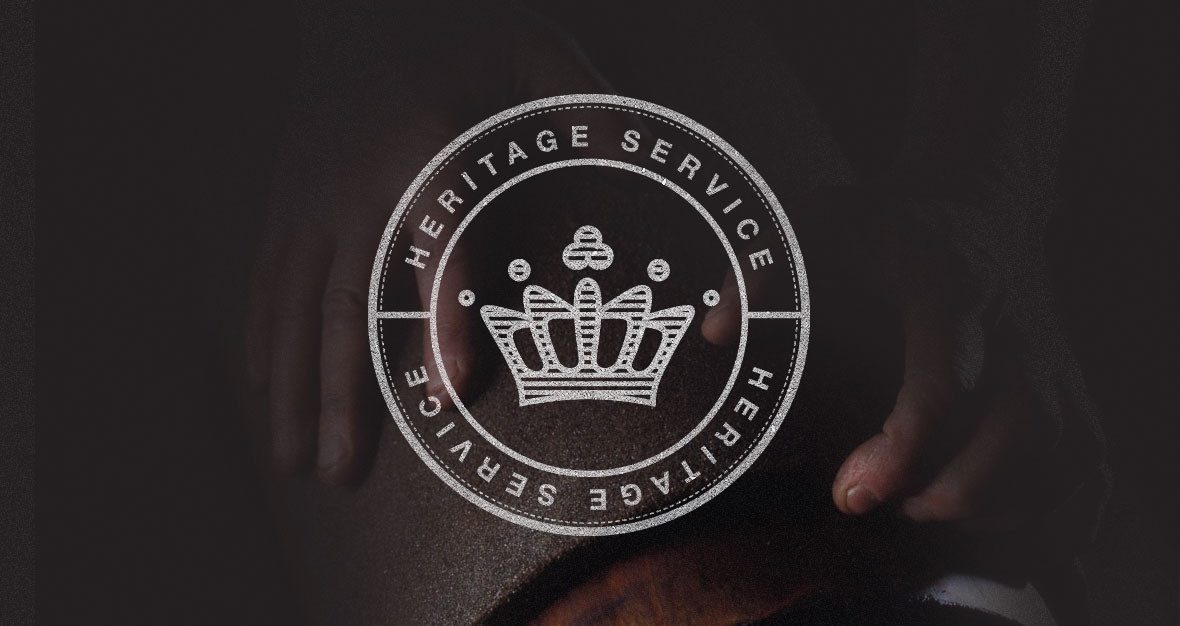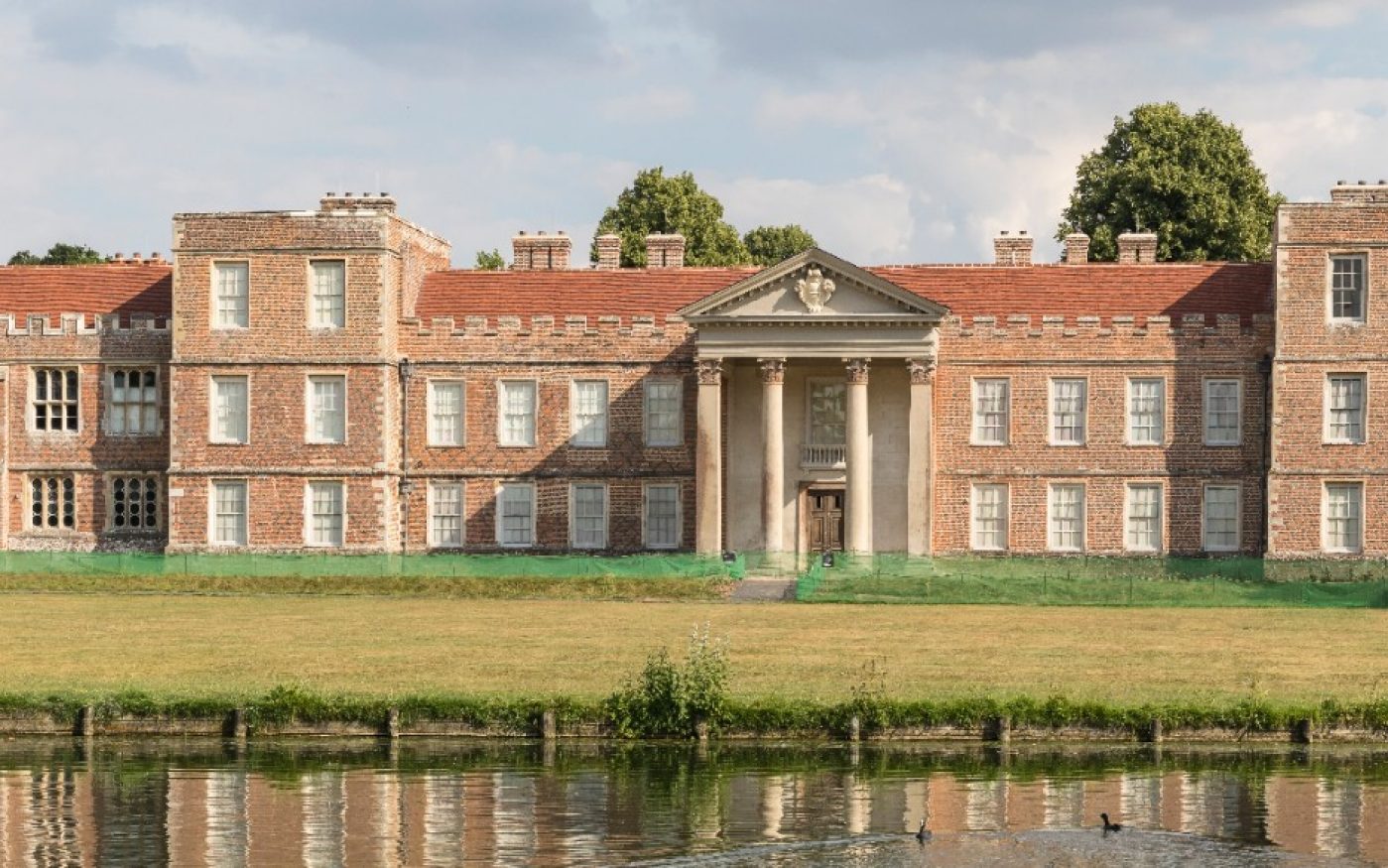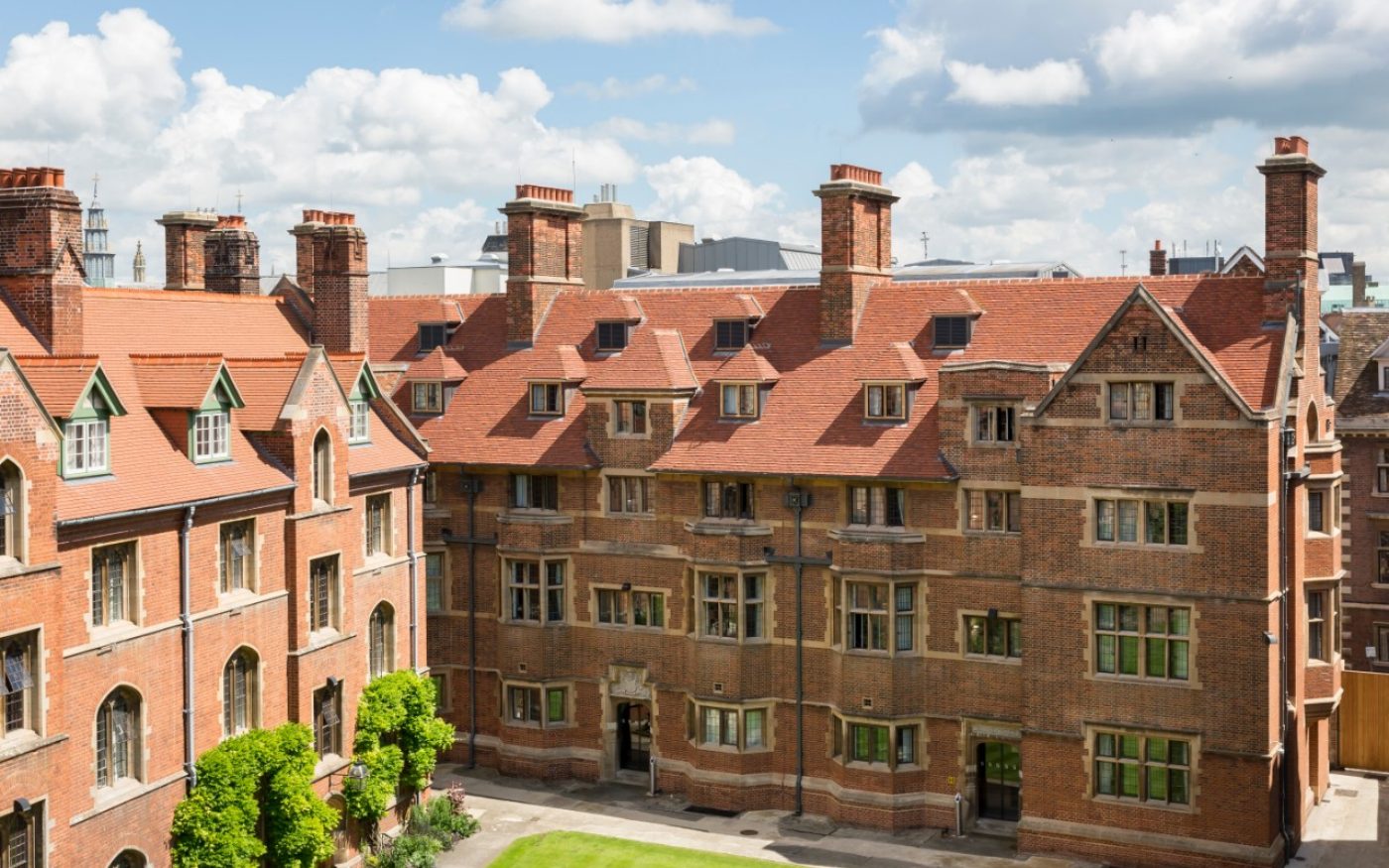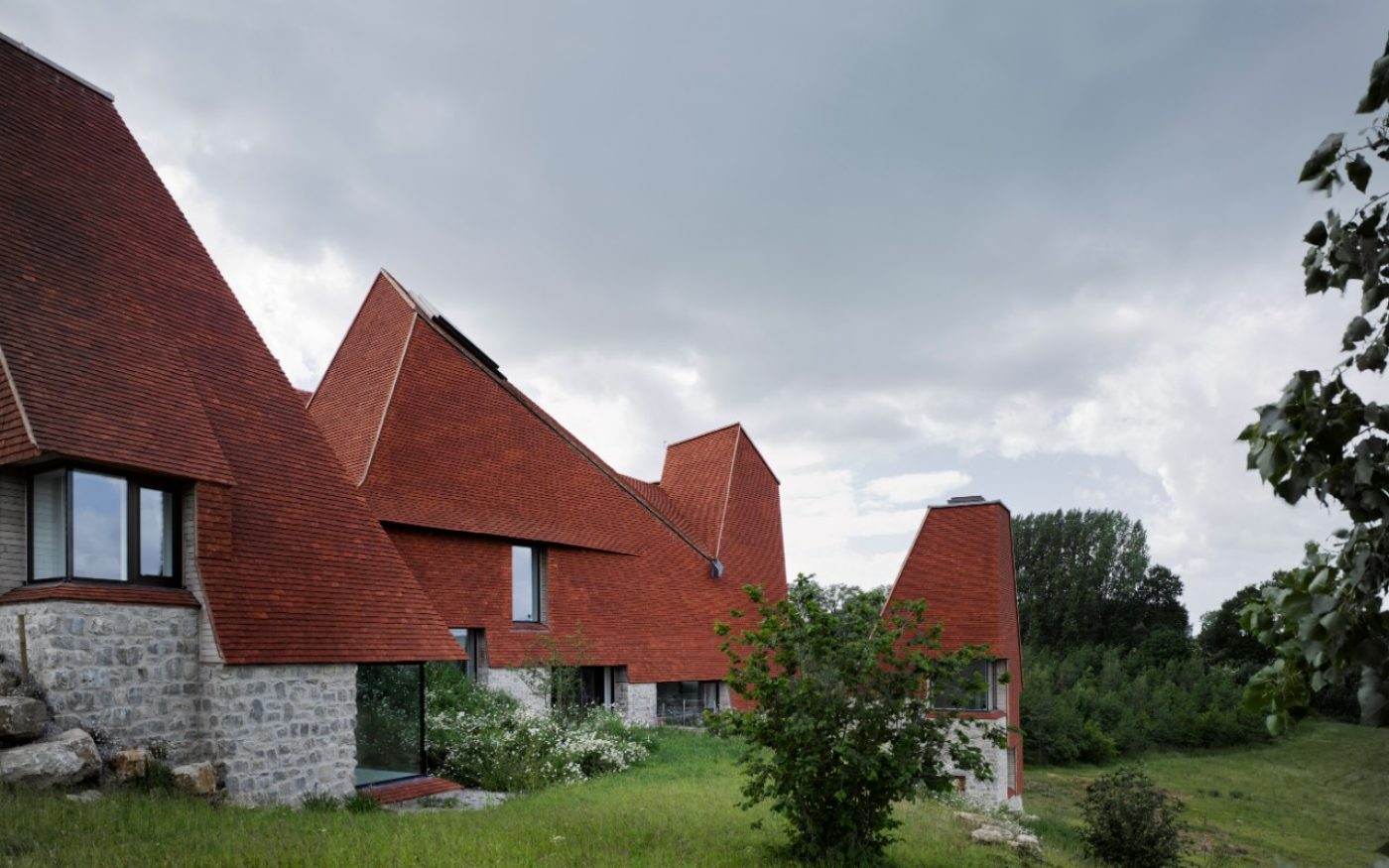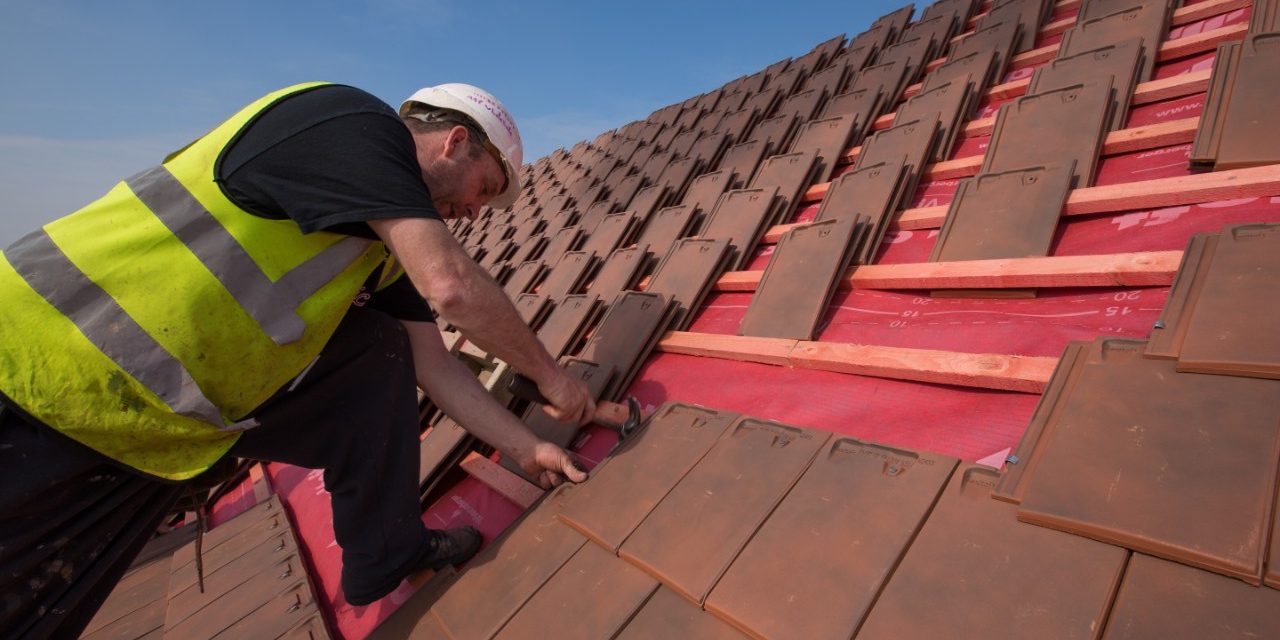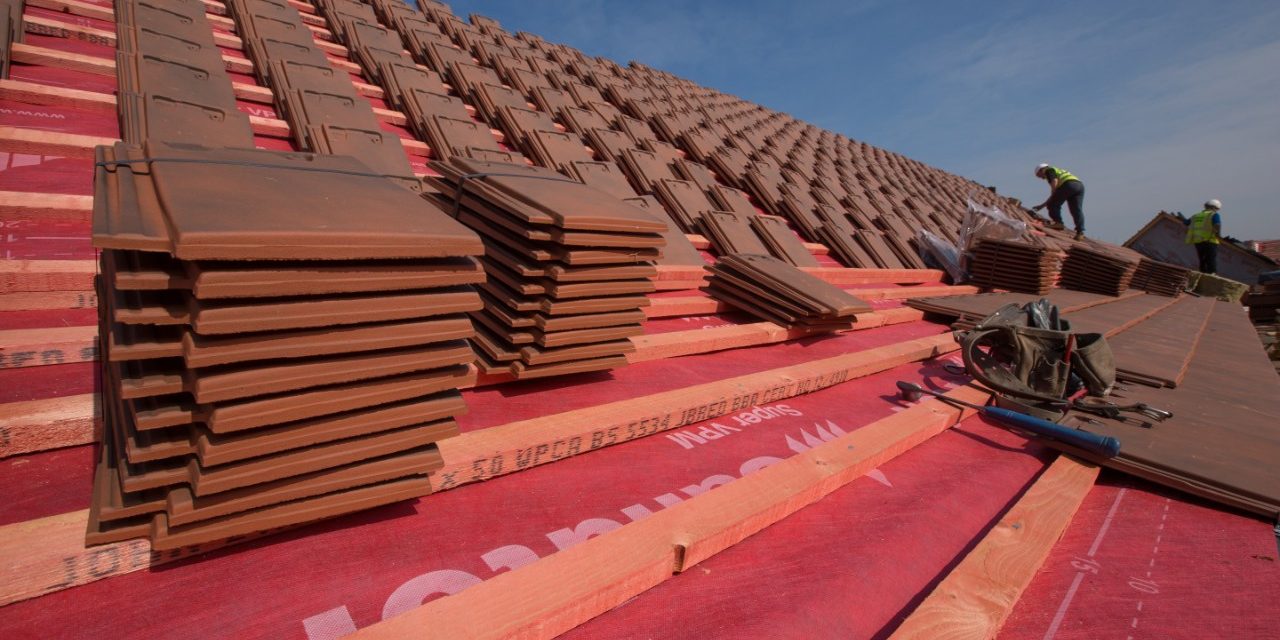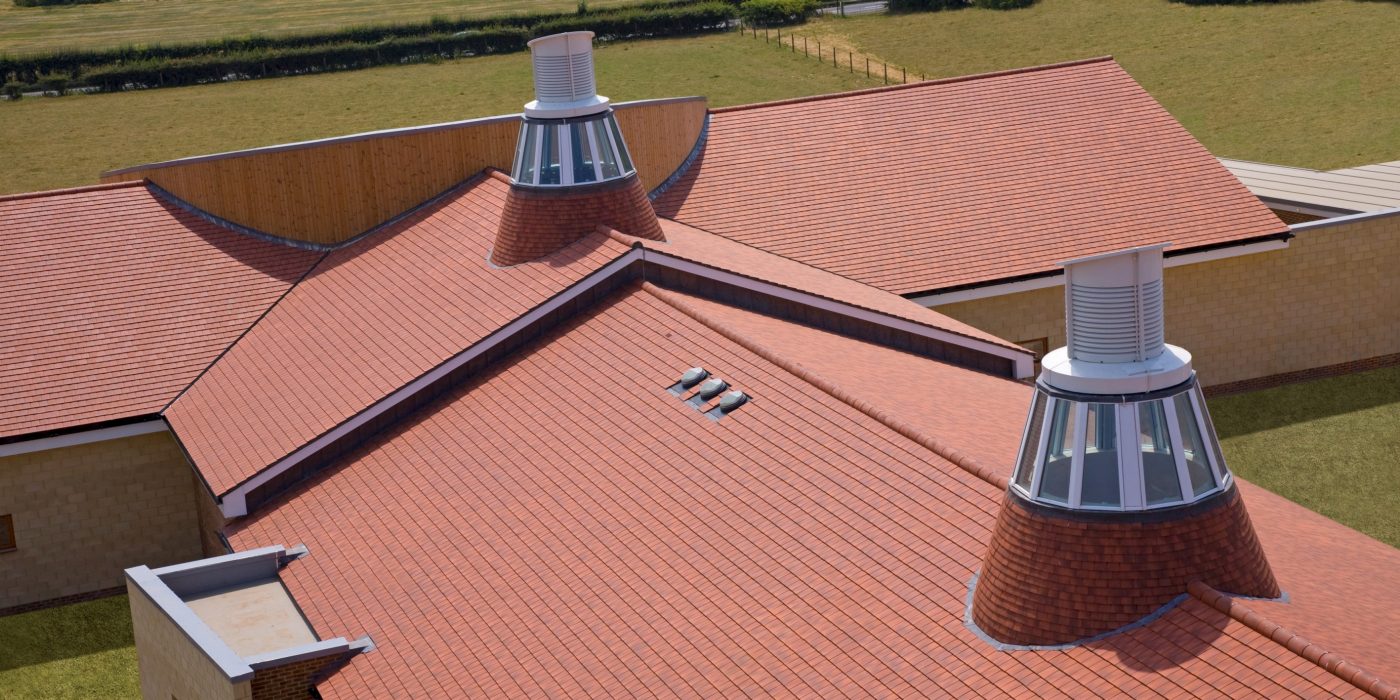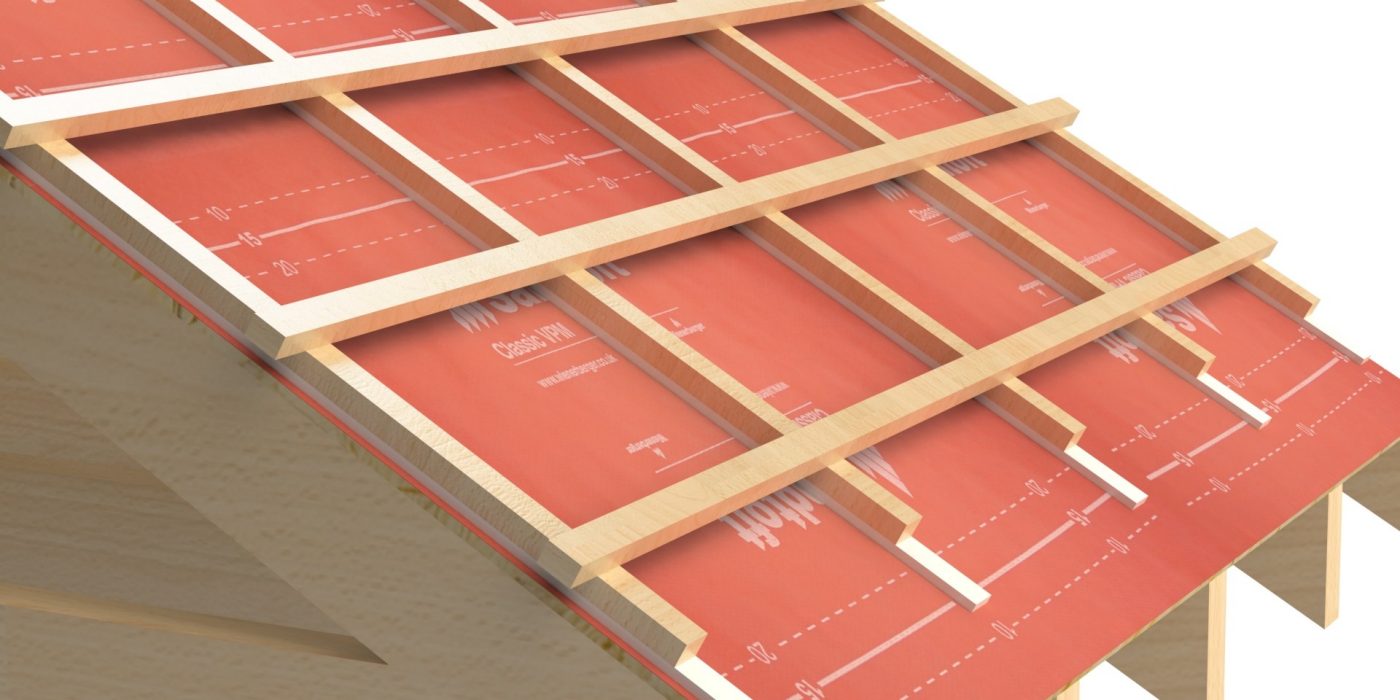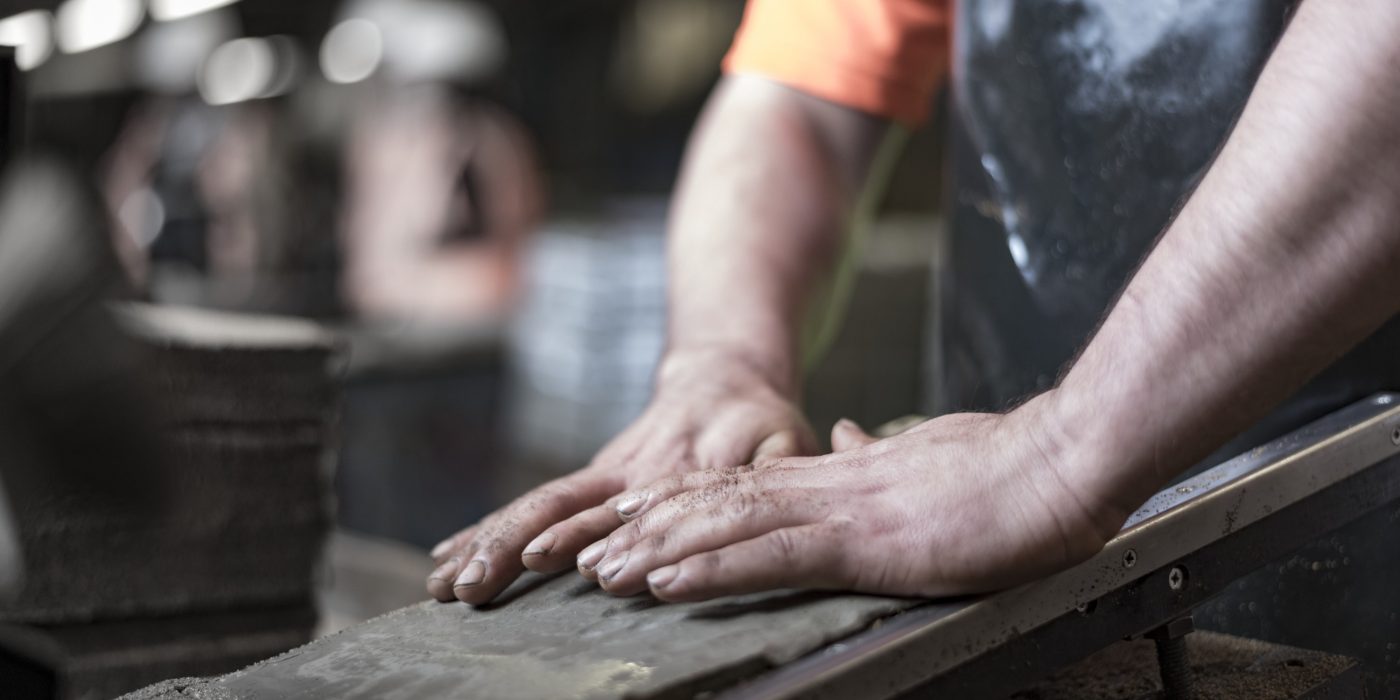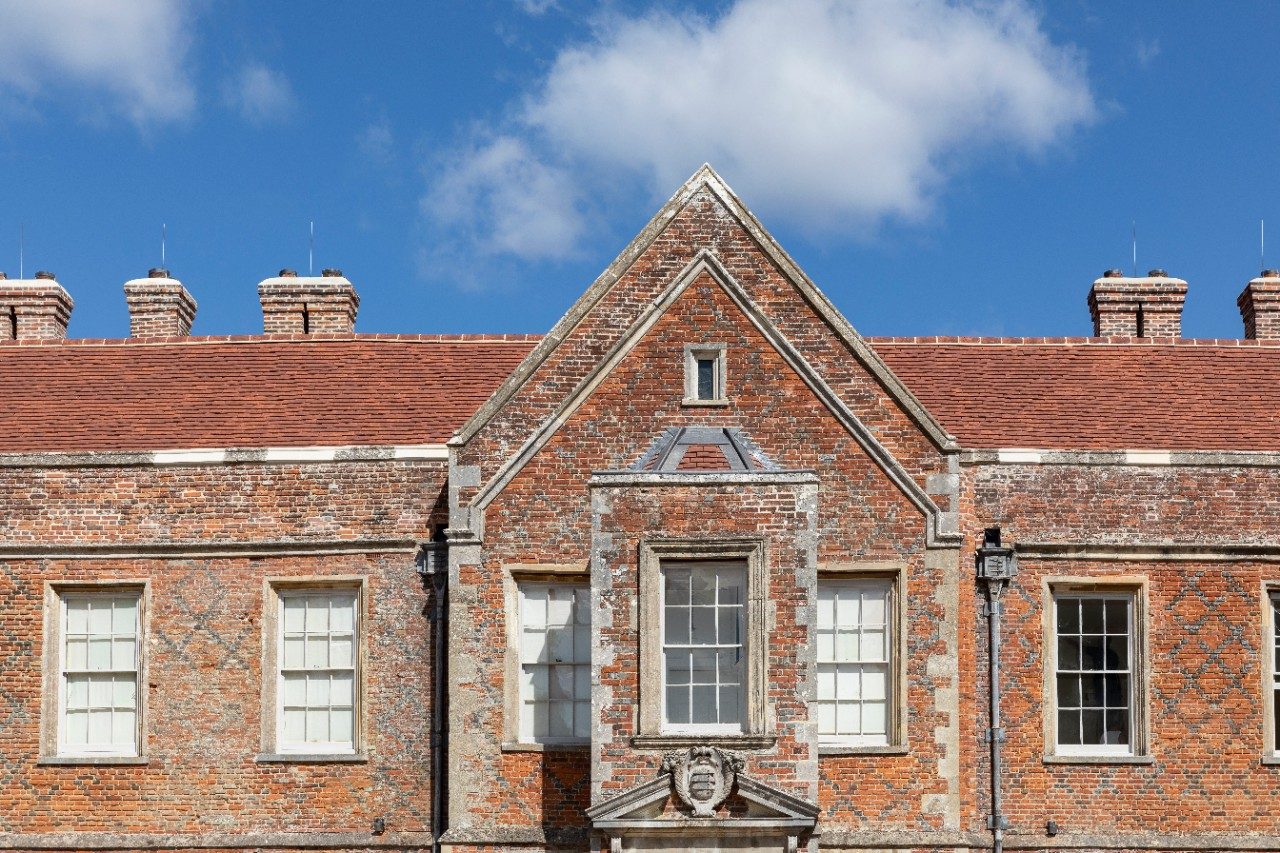The UK is lucky to have a wealth of well preserved, historic buildings that attract visitors from around the world. To maintain these properties, a considerable amount of work and money has to be invested to ensure that they are still around for generations to come.
In terms of roofing, this means that old, failing roof tiles need to be replaced with new ones to protect the structure and interiors of these valuable properties. However, these heritage projects are often far more complex than installing a standard roof on a volume housing project. Manufacturers, clients, architects and bodies such as Historic England will work closely together to achieve the desired finished result.
Using the correct material is vital to a heritage project, as strict regulations often require roof replacements or repairs to be carried out with like for like products. New roofing tiles with the correct profile, colour and texture are needed to match existing tiles, the age and style of a building and the surrounding environment.
